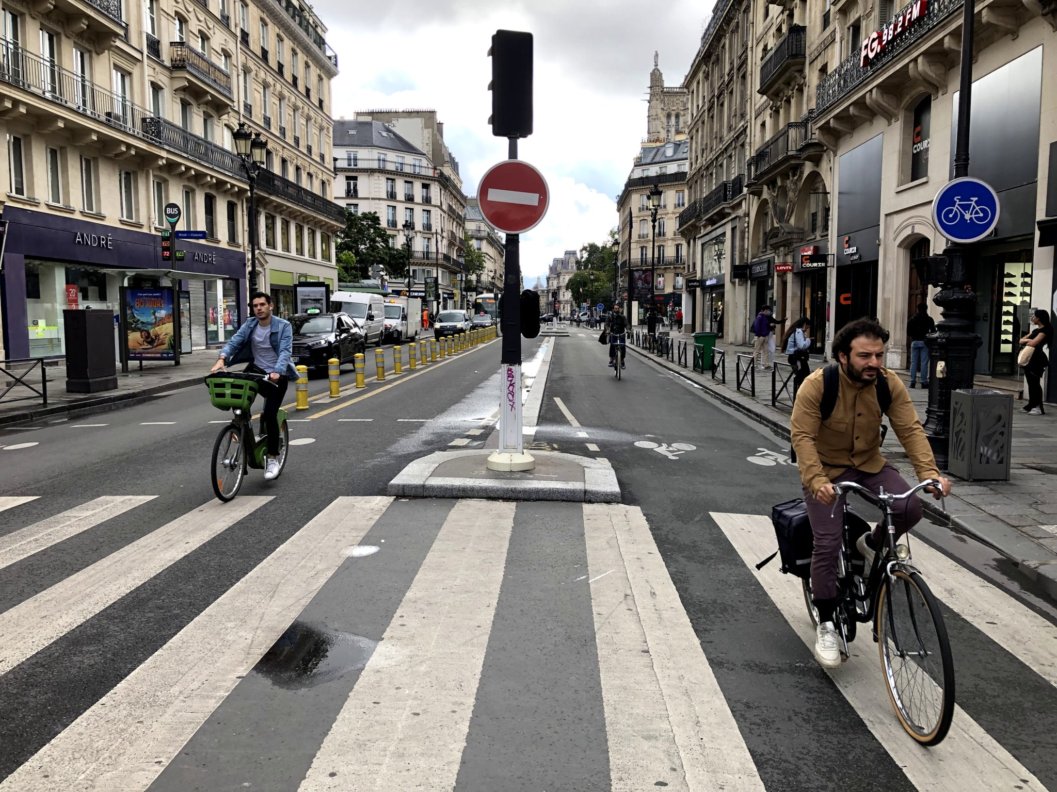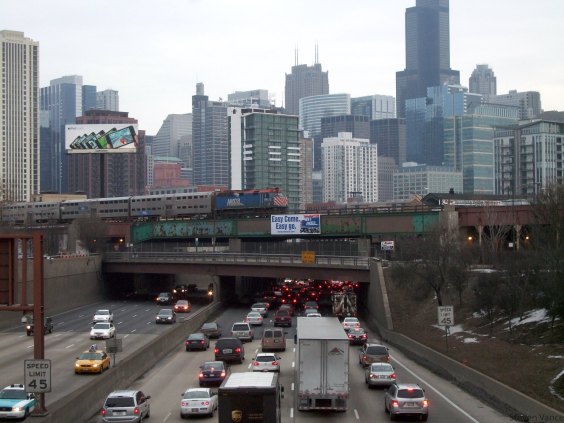Editor's note: This blog post was originally published on Urban Wire, the blog of the Urban Institute and is a part of a three part-series. Check back in the days to come for parts two and three.
In 2021, almost 43,000 people died in traffic crashes in the United States — the most since 2005. This increase is partially attributable to Americans driving more miles than they did in 2020, when many stayed home because of the COVID-19 pandemic.
This made choosing to walk riskier; more than 7,300 were killed, the highest number in at least 30 years. The rising death toll comes after dozens of US cities committed to the “vision zero” goal of eliminating roadway deaths.
In communities across the country, residents are starting to ask whether rising traffic fatalities are unavoidable. They’re staging protests and asking elected officials to find the means to reshape city streets around safety rather than speedy vehicular movement.
To identify potential recipes for success, we compared changes in traffic fatalities in the US over the past few decades with those in France, whose per capita death rates were similar as recently as the 1990s. The French government’s investment in better enforcement against speeding, reductions in speed limits, and creation of safer walking routes, such as in pedestrianized city centers, have successfully reduced traffic deaths there far more quickly than stateside, saving thousands of lives. American states and cities can look to the French example for approaches to improving road safety.
France’s roads were once as unsafe as ours
In the late 1970s, people living in France and the US had about the same probability of being killed in traffic: for every million inhabitants, about 225 people died in each country. Most died as automobile occupants, motorcyclists, pedestrians, or cyclists.
Since then, conditions have improved in both countries, with both experiencing a 31 percent decline in fatalities from 1979 to 1994. This safety success was driven by technologies like seat belts and air bags, plus roadway infrastructure improvements.
But after 1994, the two countries’ trendlines diverged. US traffic deaths reached their nadir in 2014, having declined an additional 34 percent over the previous two decades. Unfortunately, the past few years have reversed those trends: Americans in 2021 were 25 percent more likely to die in traffic than they were just seven years before.
But in France, traffic deaths continued declining. In fact, this trend reversal for traffic deaths is unique to the US compared with other developed countries. Among the G7 nations, the US was the only one where traffic fatalities increased over the past few years.
France’s story is more indicative of global trends—it’s in the middle of the pack on traffic fatalities compared with countries like Australia, Germany, Italy, Japan, and the United Kingdom. Although US per capita traffic fatalities increased since 2014, they declined by 15 percent in France. As of 2021, Americans are almost three times as likely to die in a traffic crash as French people.

We calculated that, had the US per capita traffic death rate remained the same as France’s since 1994, the US would have had 387,000 fewer deaths by 2021. That’s roughly equivalent to the population of Cleveland, Ohio, or New Orleans, Louisiana.
It’s easy to assume these data are the result of Americans simply driving more than French people. In 1990, when residents of France were about as likely as Americans to die in traffic overall, that might've been true: French people then drove half as many miles per capita as Americans. That means, per mile traveled, French people were twice as likely to die on the roadways.
But the situation has dramatically changed in the years since. French people continue to drive significantly less than Americans, but they now are 40 percent less likely to die per mile driven.
Had the US traffic death rate per mile traveled been the same as France’s since 2012, at least 75,000 fewer Americans would have died on the roadways. Many more lives would have been saved had Americans driven less.

The French walk more than Americans but are less likely to be run over
These comparative trends are particularly stark when it comes to pedestrians, perhaps the most vulnerable people on the roadway.
French people are much more likely to walk than Americans for short-distance trips. Although only about 3 percent of Americans walk to work, more than 6 percent of French people do. Because there are more pedestrians in relative terms in France, that country should intuitively see more pedestrian deaths per capita than the US.
But the opposite is true. Although in the late 1970s, France had significantly more pedestrian fatalities in relative terms compared with the US, as of 2021, it had less than one-third as many deaths per capita.
Had the US pedestrian death rate been the same as France’s since 1990, the US would have had 60,000 fewer dead pedestrians by 2021. That’s equivalent to every US pedestrian killed in the last ten years.

Recommendations
There is nothing inevitable about the US’s recent rise in traffic fatalities. France has shown over the past few decades there is significantly more policymakers can do to achieve the vision zero goal.
Our comparative review of roadway policy pointed to several main explanations for France’s relative successes. US states and cities seeking to ensure safer roadway conditions can consider adopting the following policies:
- Reducing speed limits, both on major roadways and within city centers. Pedestrians are much less likely to die after being struck by a car when vehicles are travelling less than 30 miles per hour. Car occupants are also safer when cars are slower.
- Enforcing speed limits through automatic speed cameras on highways throughout the country, a national priority in France since 2002 (PDF).
- Creating pedestrianized, nontraffic areas throughout city centers and in special locations, such as near schools. This urban infrastructure shift has made it possible to walk around many neighborhoods without fear of being run over.
- Encouraging a vehicular fleet of smaller cars, which would reduce injury severity for pedestrians.
States and cities in the US can also think more broadly about how to encourage fewer people to drive. Creating walkable communities where pedestrians feel — and are — safe will save lives.






